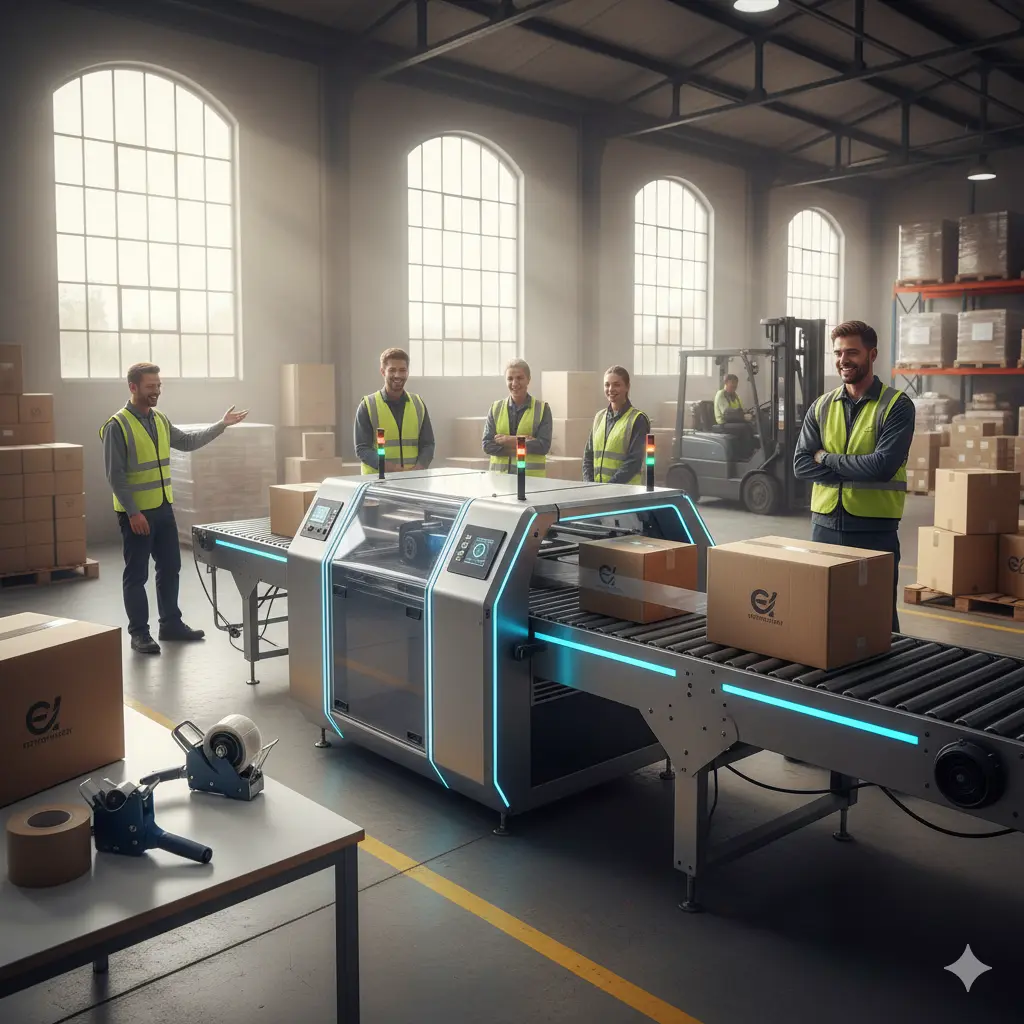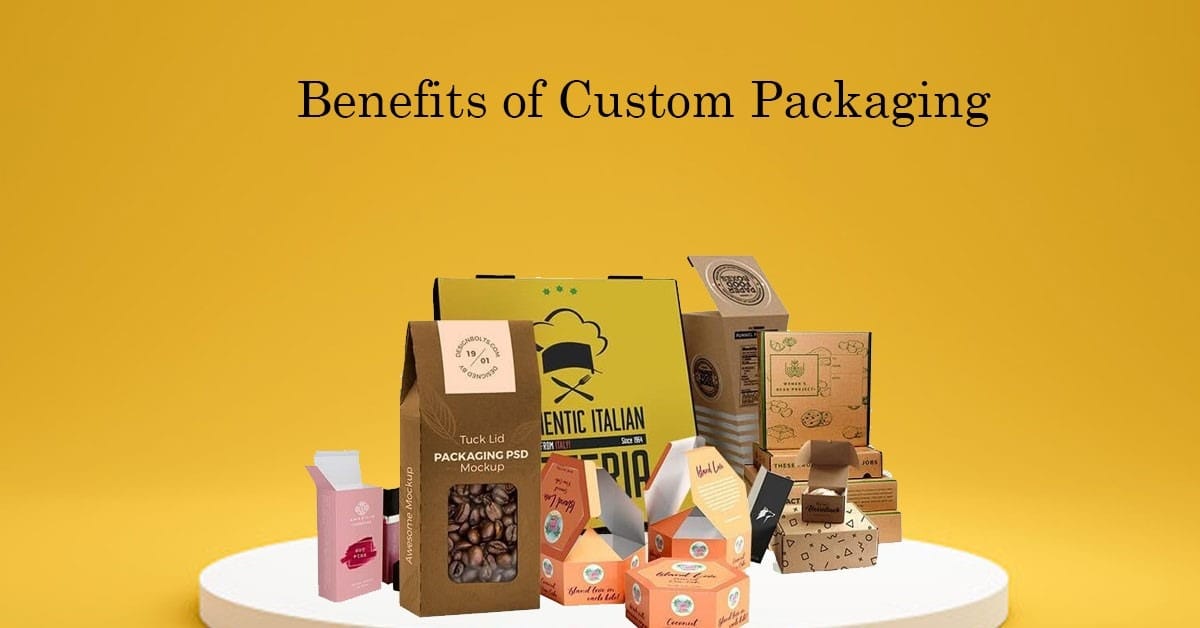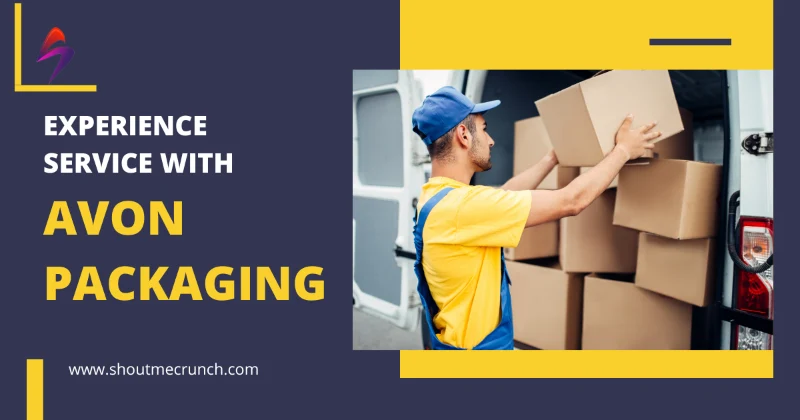Is manual sealing secretly draining your profits? Find out how carton sealers flip the script.
Picture this: you’re in the warehouse, tape gun in hand, sealing box after box. Your wrist aches, the tape keeps tearing at the wrong spot, and someone just shouted that 200 more cartons need to go out before lunch. Fun? Not really. Efficient? Definitely not.
Equipment such as vacuum and heat sealers has completely revolutionised the way all types of products are sealed and secured. That’s where carton sealers come in. These machines—semi-automatic or fully automatic—basically take the grunt work out of sealing boxes. But let’s not just parrot the usual “it saves time and money” line. Let’s dig into the real benefits, the drawbacks, and whether this thing is actually worth your investment.
Contents
1. Does a Carton Sealer Really Make Workflow Efficient?
Short answer: yes. Long answer: oh, absolutely.
Manual sealing is slow. It’s messy. And it eats up labor costs. A carton sealer speeds things up, makes every box look neat, and stops you from wasting tape like it’s free candy.
What you actually get:
- Faster sealing rate (think 200–500 boxes/hour vs. 30–50 manually).
- Cleaner, professional-looking packages.
- Less tape wasted (machines use just the right amount).
- Tamper-proof seals that don’t scream “cheap operation.”
2. How Much More Output Can You Expect?
Let’s be blunt: humans can’t compete with machines here. Even your fastest packer will max out at maybe 50 boxes an hour. A semi-auto sealer? 200+. Fully automatic? 500+.
And here’s the kicker—machines don’t get tired, don’t call in sick, and don’t complain about paper cuts.
Quick ROI math:
- Semi-auto sealer: $5,000 investment.
- Labor savings: 1 less staff member sealing boxes = $25,000/year saved.
- Payback period: less than 3 months.
3. Automation = Freedom (For Your Staff)
Do you really want your team spending all day sealing boxes? Nope. With a carton sealer, they can focus on tasks that actually matter—quality checks, inventory, customer service. Machines handle the boring stuff, humans handle the smart stuff.
4. Consistency: No More “Oops, That One’s Crooked”
Manual sealing is inconsistent. Some boxes look fine, others look like they were taped by a toddler. Machines? Every seal is identical. Predictable. Reliable. And that means you can actually forecast output without guessing.
5. Brand Image: Do Customers Care About Neat Packaging?
Yes. They do. People judge. If your box looks sloppy, they assume your product is sloppy. A carton sealer makes every package look sharp and professional. It’s like ironing your shirt before a meeting—you don’t have to, but it sure helps.
6. Safety: Less Tape Guns, Less Injuries
Repetitive strain injuries are real. Carpal tunnel, sore shoulders, cuts from tape dispensers—it adds up. And don’t forget the risk of lifting heavy boxes all day. The most common of these include carpal tunnel syndrome and other repetitive strain injuries that will see your staff requiring time off work. Machines reduce that risk. Safer staff = fewer sick days = happier HR department.
7. Energy Efficiency: Is It Really Greener?
Modern carton sealers are designed to run lean. Faster sealing = less energy wasted. Plus, less tape wasted = less plastic in landfills. If you’re chasing sustainability goals, this is a small but meaningful step.
Comparison Table: Manual vs. Semi-Auto vs. Fully Auto
| Feature | Manual Sealing | Semi-Automatic Sealer | Fully Automatic Sealer |
|---|---|---|---|
| Speed (boxes/hour) | 30–50 | 200–400 | 500+ |
| Labor Requirement | High | Moderate | Minimal |
| Tape Usage Efficiency | Low | High | Very High |
| Consistency of Seal | Variable | Consistent | Highly Consistent |
| Initial Investment | None | Medium ($5k–$10k) | High ($15k–$30k) |
| Maintenance | None | Occasional | Regular |
Pitfalls & Drawbacks (Because Nothing’s Perfect)
- Cost upfront: Machines aren’t cheap. Small businesses may struggle with the initial investment.
- Maintenance: Fully automatic models need regular servicing. Ignore it, and you’ll regret it.
- Training: Staff need to learn how to use the machine properly. Otherwise, you’ll end up with jammed boxes and wasted tape.
- Space: These machines aren’t tiny. If your warehouse is cramped, measure before you buy.
Graph: Productivity Gains Over Time
Imagine a simple line chart:
- Manual sealing = flat line, slow growth.
- Semi-auto = steep incline.
- Fully auto = rocket ship.
That’s basically the story. Machines scale, humans plateau.
Final Thoughts: Should You Buy One?
If you’re sealing more than 100 boxes a day, yes. A carton sealer pays for itself quickly, saves your staff from boring repetitive work, and makes your brand look more professional.
If you’re a tiny shop shipping 10 boxes a week? Probably not worth it. Stick with the tape gun.
But for growing businesses, carton sealers aren’t just nice-to-have—they’re the difference between chaos and control.








